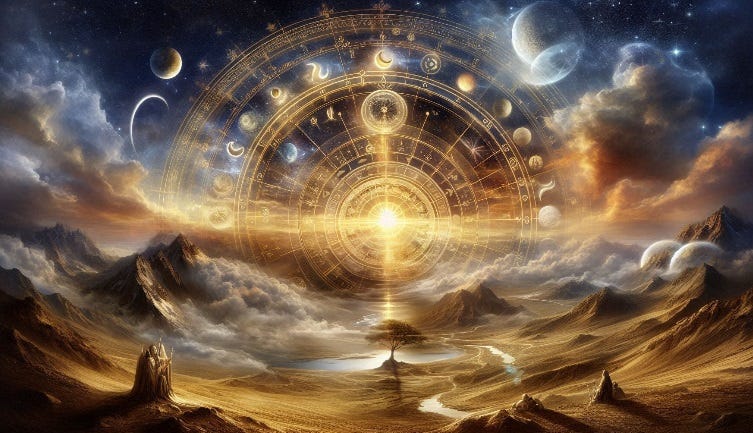Is Time Cyclical? Does 2025 Mark the Beginning of the End?
Post 113 (Truth Cycle)
“The wolf will live with the lamb, the leopard will lie down with the goat, the calf and the lion and the yearling together; and a little child will lead them. The cow will feed with the bear, their young will lie down together, and the lion will eat straw like the ox. The infant will play near the cobra’s den, and the young child will put its hand into the viper’s nest. They will neither harm nor destroy on all my holy mountain, for the earth will be filled with the knowledge of the Lord as the waters cover the sea.” — Isaiah 11:6-9
BLUF: Time and the nature of history are unraveled to reveal further obfuscations and forgotten truths, namely, that history is cyclical. Furthermore, we appear to be on the cusp of great change, the end of one of these cycles, a potential period of cataclysm and spiritual progression.
Keep reading with a 7-day free trial
Subscribe to The Straight Juice Substack to keep reading this post and get 7 days of free access to the full post archives.


